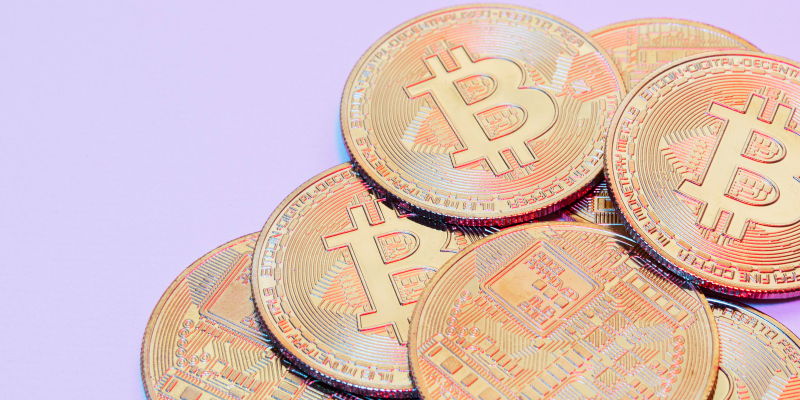In a notable achievement for the blockchain and cryptocurrency sectors, HUMBL has successfully secured a U.S. patent for its innovative blockchain-based currency transaction system, officially titled "System and Method for Transferring Currency Using Blockchain." This technology aims to revolutionize digital-to-fiat currency transactions by eliminating the need for intermediaries and relying exclusively on blockchain’s secure digital ledger. HUMBL’s journey to this milestone was far from smooth, taking over four years to navigate through the intricacies of the U.S. patent approval process, which averages 26.2 months according to the United States Patent and Trademark Office (USPTO).
This extended duration underlines the regulatory and legal hurdles small businesses face in this highly evolving sector. Despite these obstacles, HUMBL’s persistence exemplifies the challenges and rewards of innovation within the blockchain industry. Notably, the firm managed to advance its strategic goals during this period by establishing valuable relationships with government bodies, including becoming the official digital asset service provider for the city of Santa Cruz in 2023. CEO Brian Foote’s expressions of relief and gratitude upon receiving the patent speak volumes about the arduous journey that involved both financial strain and sustained operational pressure.
Navigating Regulatory Hurdles
The process of securing a patent is inherently complex, and this complexity is magnified for small businesses like HUMBL operating in the blockchain and cryptocurrency sectors. The typical 26.2-month average pendency for patent approvals can create formidable challenges concerning legal costs and operational sustainability. For HUMBL, the over four-year wait to secure the patent underscores the broader regulatory and legal hurdles that often stymie smaller companies. This extended timeline illustrates the dense regulatory tapestry these enterprises must navigate to bring innovative technology to market. During this period, the significant burden of legal costs and ongoing operational demands can strain even the most resilient startups.
However, HUMBL’s consistent efforts to develop its technology and secure vital partnerships showcase a proactive approach to overcoming these challenges. Their designation as the official digital asset service provider for Santa Cruz demonstrates how strategic alliances and credibility-building can sustain a company through protracted regulatory processes. CEO Brian Foote has openly discussed the difficulties faced, drawing attention to the broader conversation about how regulatory frameworks impact burgeoning industries, particularly those rooted in nascent and rapidly evolving technologies like blockchain.
Strategic Partnerships and Industry Trends
Amidst its lengthy wait for patent approval, HUMBL’s proactive stance in solidifying relations with governmental bodies played a crucial role in its sustained momentum. Becoming the official digital asset service provider for Santa Cruz in 2023 was a significant milestone that added a layer of credibility to the company. This achievement not only showcased HUMBL’s technological capabilities but also highlighted its ability to build robust partnerships. Establishing such relationships within governmental frameworks provides smaller companies with a vital endorsement that can be both reassuring for investors and beneficial for long-term growth.
The challenges faced by HUMBL are not isolated incidents but part of a broader industry trend. One notable initiative gaining traction in the blockchain space is led by the Crypto Open Patent Alliance (COPA). COPA aims to combat "patent trolls" — entities that hold patents solely to extract licensing fees rather than to produce their innovations. This initiative is vital for smaller companies that often find themselves vulnerable to prolonged legal and regulatory battles, which can significantly hamper their ability to innovate and compete.
The Complexities and Implications for Small Innovators
In a significant milestone for the blockchain and cryptocurrency industries, HUMBL has successfully secured a U.S. patent for its cutting-edge blockchain-based currency transaction system, known as the "System and Method for Transferring Currency Using Blockchain." This innovative technology is designed to transform digital-to-fiat currency exchanges by removing the need for intermediaries and relying solely on blockchain for secure transactions. HUMBL’s path to this achievement was lengthy and complex, spanning over four years. Typically, the U.S. patent approval process takes about 26.2 months, according to the USPTO.
This extended journey highlights the regulatory and legal challenges that small businesses face in the rapidly changing blockchain sector. Despite these hurdles, HUMBL’s perseverance showcases both the difficulties and rewards of innovation in this field. Notably, the company advanced its strategic goals during this period by forming key partnerships, including becoming the official digital asset provider for Santa Cruz in 2023. CEO Brian Foote’s relief and gratitude when the patent was granted underscore the immense financial and operational pressures overcome to reach this point.

